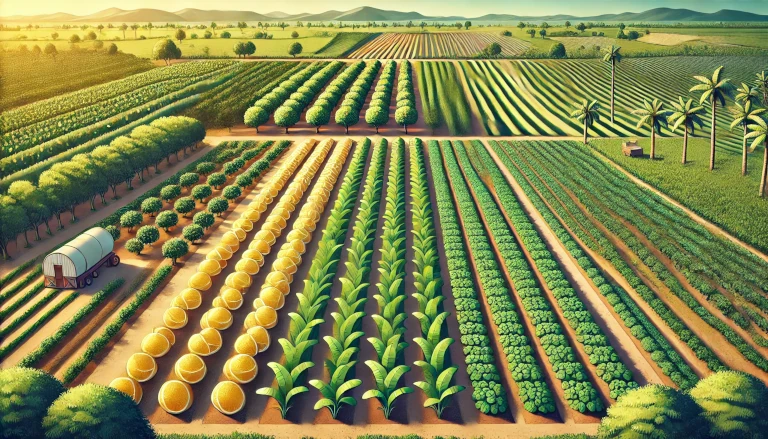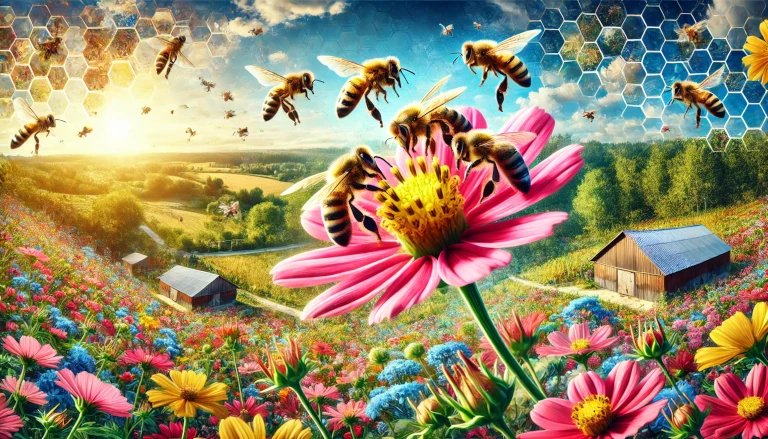3 Layer Farming / Crop Cultivation is a sustainable farming method that maximizes productivity by growing three types of crops on the same field, each occupying a different layer. This technique leverages various crop heights to improve land use, promote biodiversity, and enhance soil health. By strategically planting tall, medium, and ground-level crops, farmers can optimize sunlight, water, and nutrient use, resulting in increased yield and reduced environmental impact.
Understanding Each Layer of 3 Layer Crop Cultivation 🧑🌾
- Top Layer: Tall Crops 🌴
The top layer consists of tall crops, such as papaya, banana, or coconut. These plants provide shade to the lower layers while maintaining open spaces for sunlight to penetrate. They are typically deep-rooted, which helps prevent soil erosion and improve soil structure. - Middle Layer: Medium-Height Crops 🌽
The middle layer includes medium-height crops like turmeric, ginger, or chili. Positioned below the tall crops, these plants benefit from partial sunlight and shade, reducing water loss and maintaining soil moisture. Medium crops often have moderate nutrient needs, making them compatible with the root systems of tall crops. - Bottom Layer: Ground-Level Crops 🥬
The bottom layer consists of low-growing crops like spinach, beans, or clover, which act as ground cover. These crops are highly shade-tolerant and help retain soil moisture. Additionally, legumes like beans can fix nitrogen in the soil, enriching it for all three layers and promoting overall soil health.
Benefits of 3 Layer Crop Cultivation 🔄
- Maximizes Land Productivity: Growing multiple crops in the same field boosts yield by utilizing different soil and sunlight levels effectively.
- Improves Soil Fertility: Diverse root systems enhance nutrient cycling, with nitrogen-fixing plants adding fertility.
- Reduces Pest and Disease Incidence: Multi-layer crops disrupt pest life cycles, reducing the need for chemical pesticides and promoting natural pest control.
Example of 3 Layer Crop Combination 🌾
An example of a 3-layer setup could include coconut for the top layer, ginger for the middle layer, and spinach as the bottom layer. This arrangement not only maximizes the use of sunlight but also promotes soil health by integrating crops with complementary growth patterns.
Embracing 3 Layer Crop Cultivation for Sustainable Farming 🌱
3 Layer Crop Cultivation is a strategic approach to farming that increases yields and supports environmental sustainability. By integrating different crop types at various heights, farmers can achieve a more productive and resilient agricultural system that benefits the environment and boosts productivity.
Discover more from Green Ecosystem - Renewable Energy, Agriculture, and Environmental Sustainability
Subscribe to get the latest posts sent to your email.


